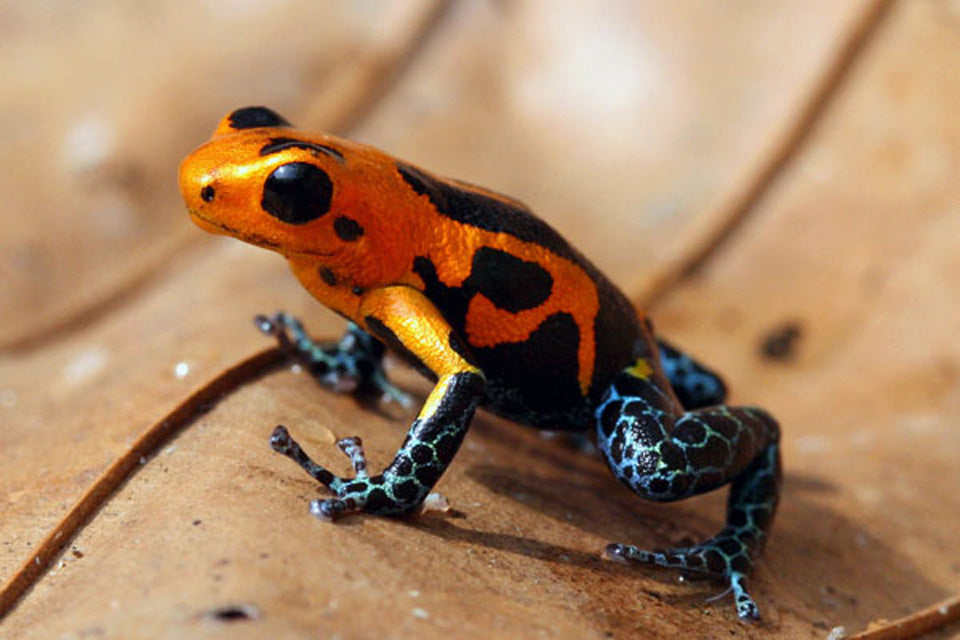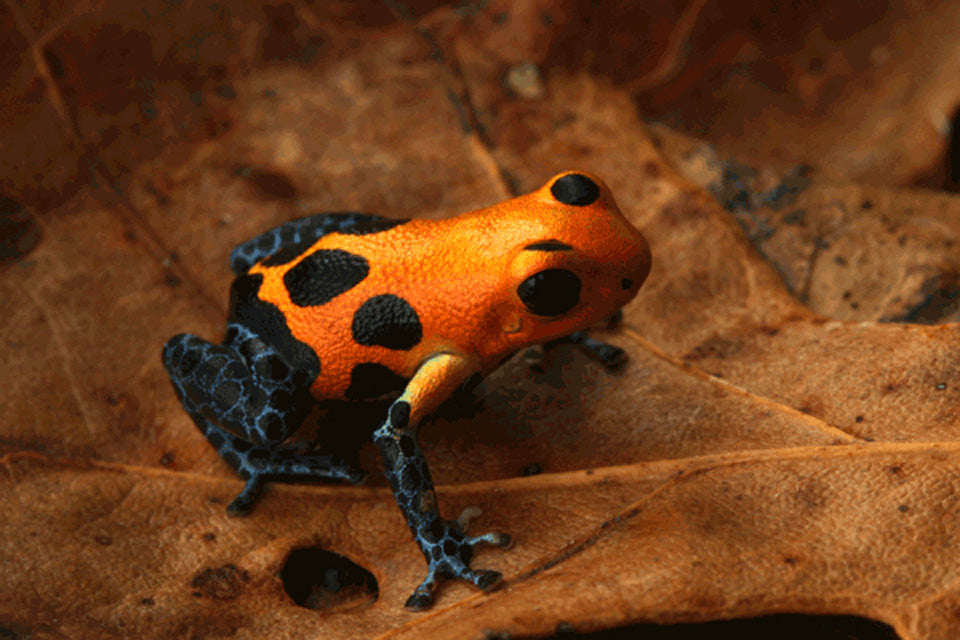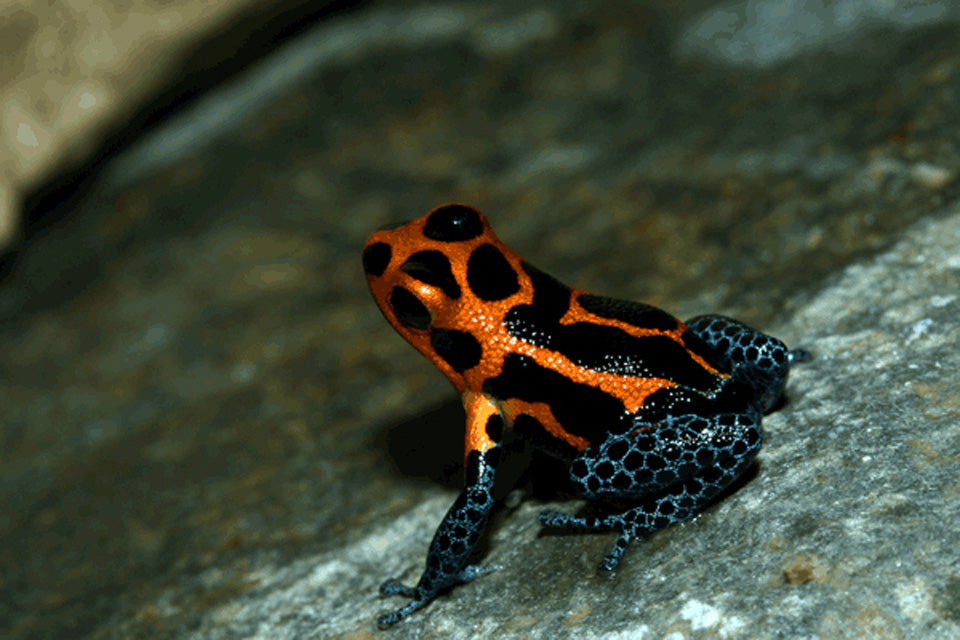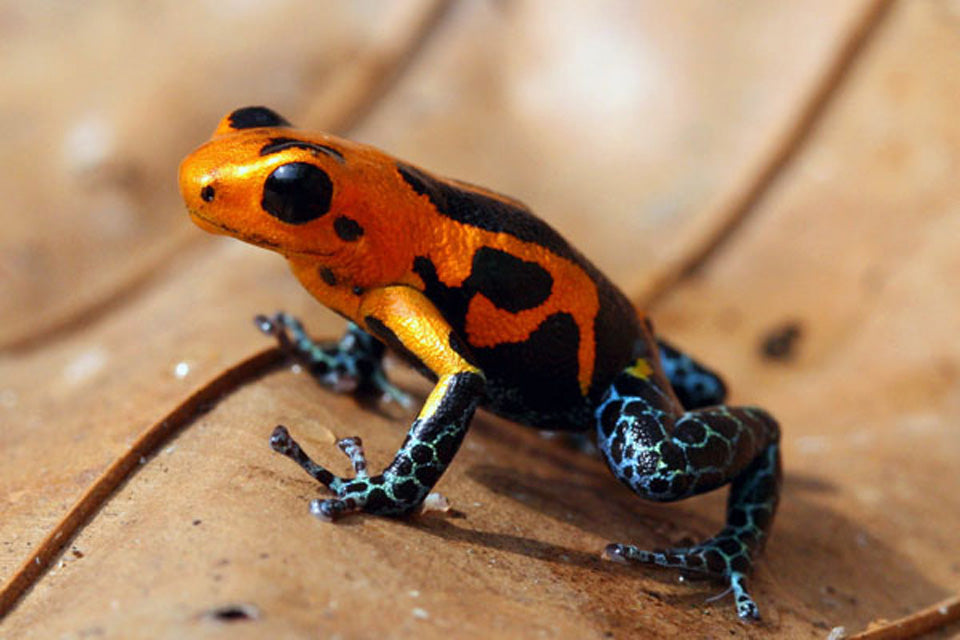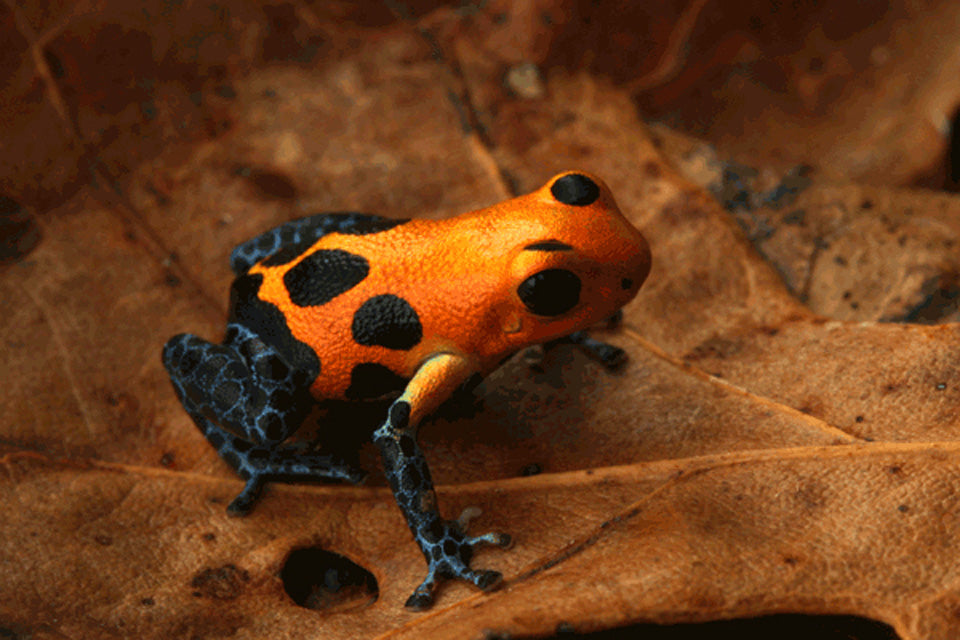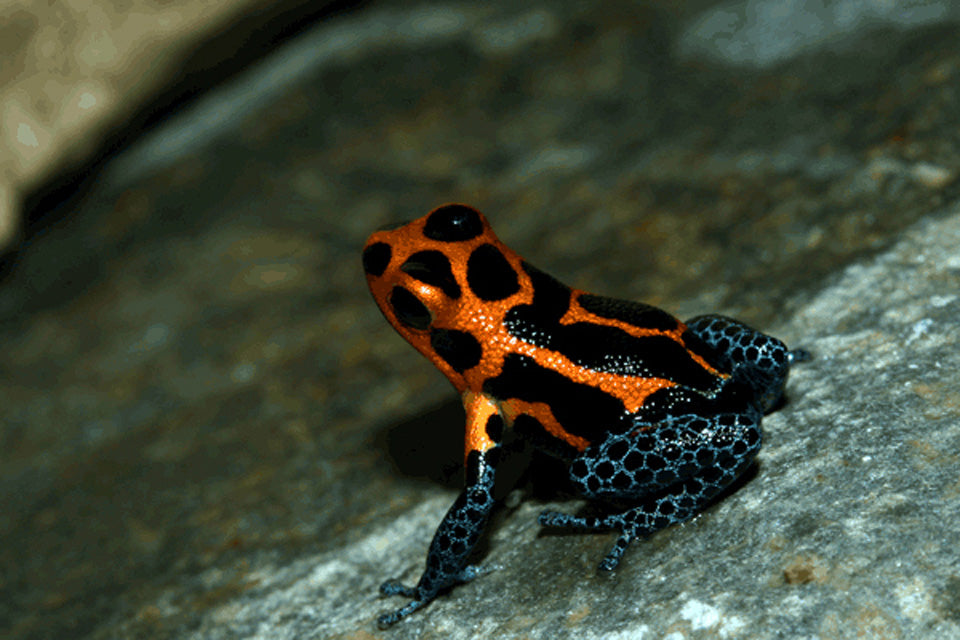Understory Enterprises
Ranitomeya imitator "Varadero"
Ranitomeya imitator "Varadero"
Couldn't load pickup availability
Live arrival of any plants or feeder cultures will not be guaranteed if you do not choose next day or two day shipping.
Of all the poison frogs we work with, imitator has to be the most charismatic and charming to observe in a vivarium. Extremely bold, and constantly active, these hardy frogs are well suited to both beginner and experienced keeper. Endemic to Peru, this frog is primarily a lowland frog distributed throughout the watershed of the lower Rio Huallaga. Montane populations exist within the Cordilleras Escallera and Azul. A splendid amount of phenotypes are represented within the species, with some populations demonstrating a staggering degree of intrapopulational variation.
These frogs thrive in captivity in small colonies and breeding is easily achieved once animals reach sexual maturity, usually in less than six months. Though they are small frogs, they will make use of all the vivarium space provided them.
The unique Varadero morph is native to lowland forests near the town of Varadero, Rio Paranapura. This unique phenotye enigmatically exists as an island of sorts surrounded in all directions by typical yellow striped phenotype of imitator which are distributed throughout the Yurimaguas lowlands.
